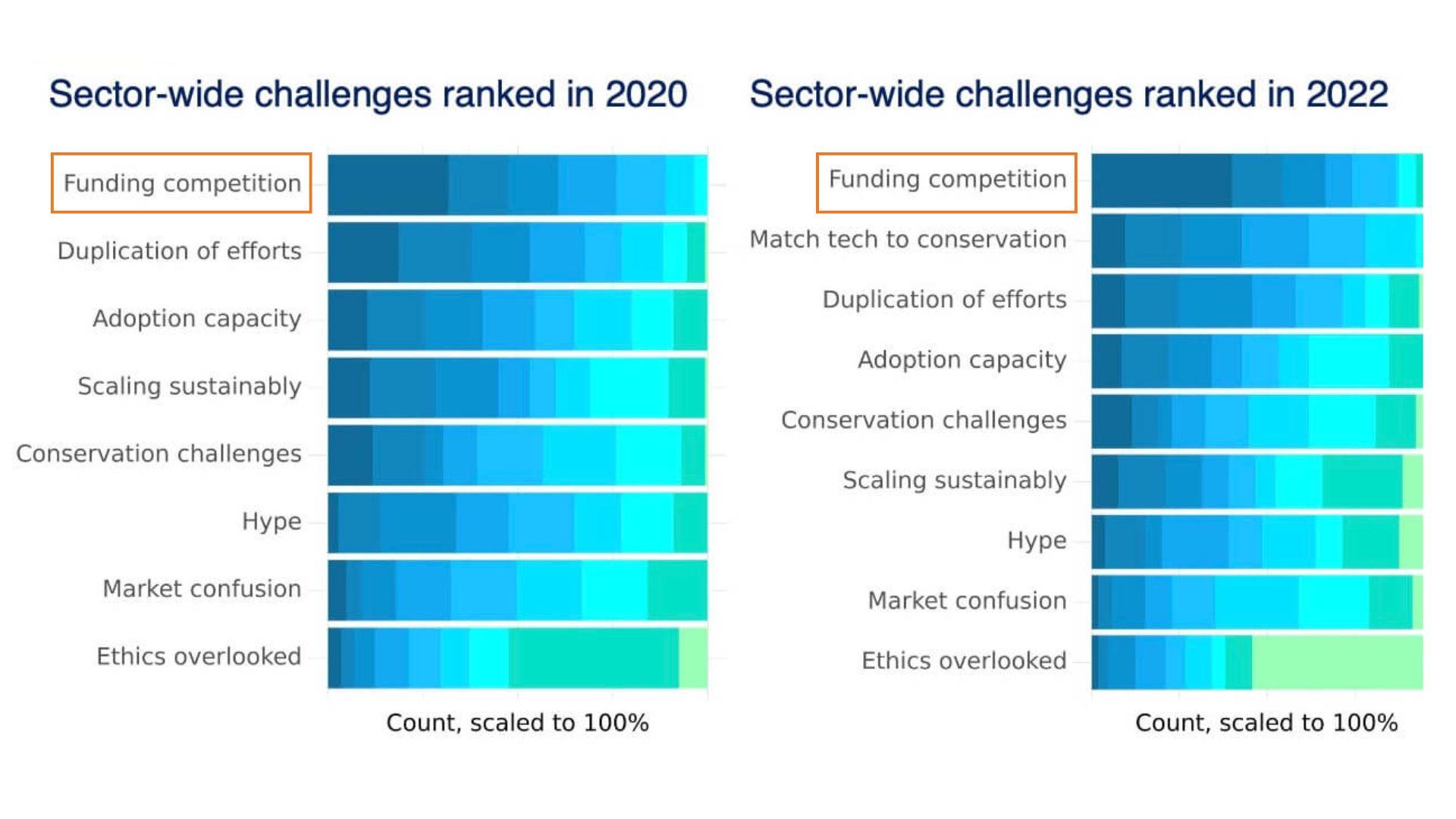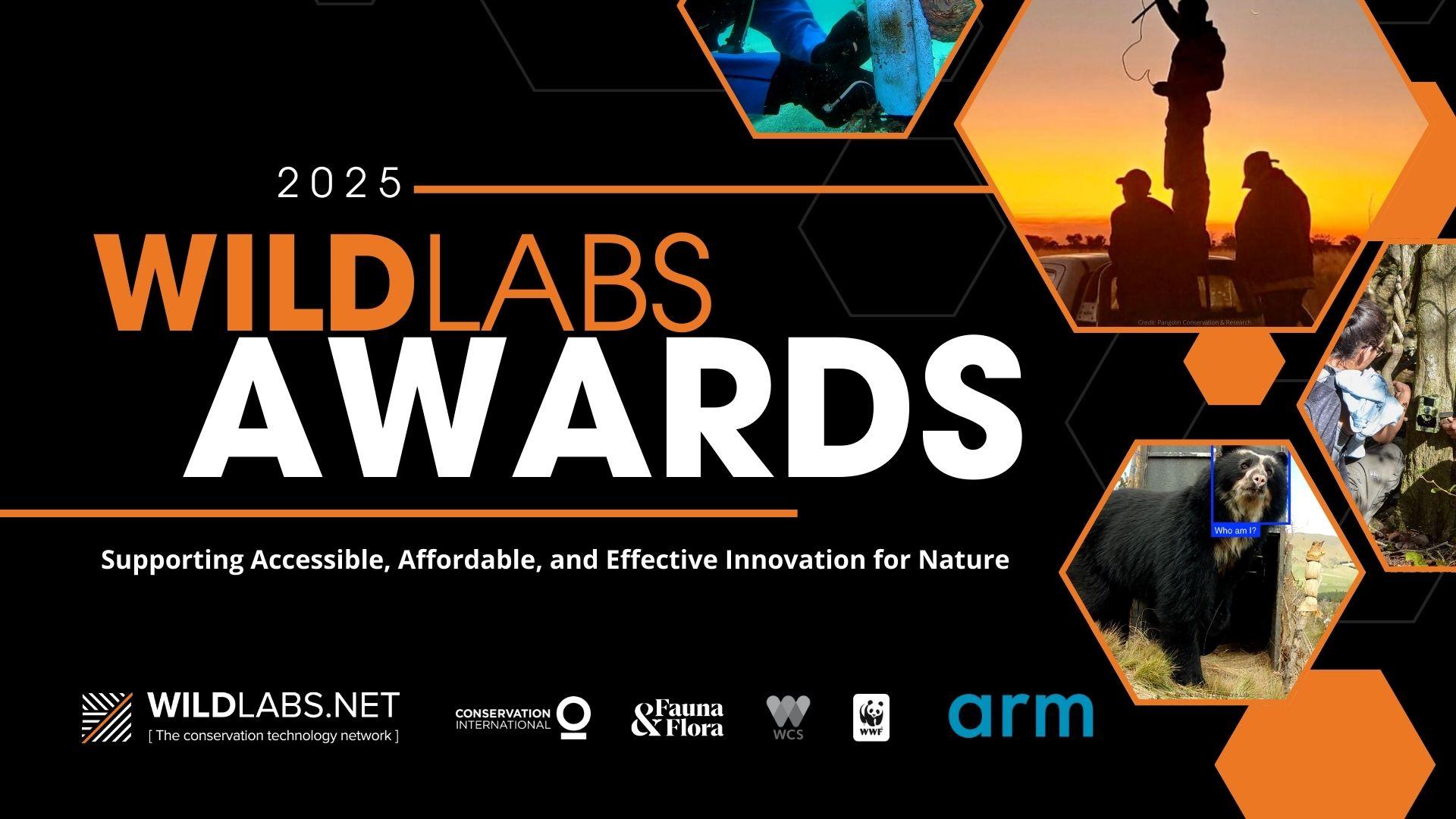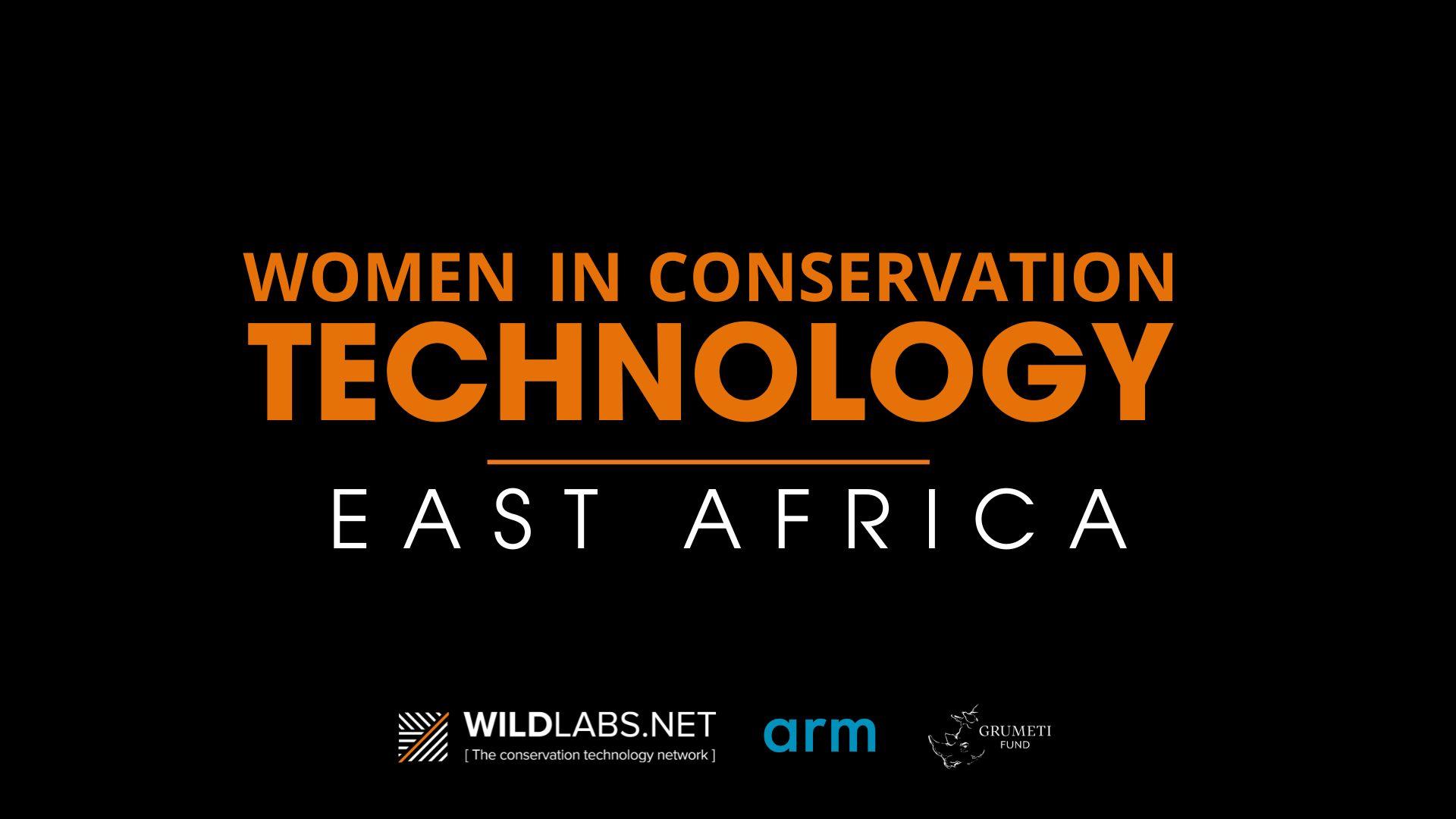While WILDLABS has observed World Wildlife Day since our inception in 2015, in 2024 we became an official partner of this annual celebration. This year, we partnered with CITES and the UN once again for this year’s event, which focused on wildlife conservation finance. As the global conservation technology community and a provider of innovative funding opportunities, we were ecstatic to share our insights and experiences.
Communications and Community Associate Specialist Alex Rood delivered a talk that highlighted the unmet needs in existing funding structures, the power of community-based research as a tool for innovating new funding opportunities, and the stories of the projects that our work supports. Watch her talk below, and catch up the full session on UNTV here.
Unmet Needs with Traditional Funding Opportunities
WILDLABS is the eyes and ears of the conservation technology community. As a convening destination for over 10,000 users and makers of technology for wildlife conservation, we have the unique opportunity to listen to the needs and challenges in our community and use those insights to deliver programmes and solutions. Over the years, we heard time and time again through our community research that sustainable funding is the number one challenge for the sector.
Traditional investment structures do not meet the needs of conservation technology for a number of reasons, and biodiversity is suffering as a result:
- There are few funding opportunities for adopting, scaling, and investing in technologies.
- Opportunities that do exist tend to focus on innovating new tools, making it hard to fund foundational and critical tasks of documentation and maintaining infrastructure
- Grantees feel restricted by guidelines and expectations
- Efforts in the space between academic innovation and industry adoption are not finding success

With these insights in mind, WILDLABS began working to develop new financial structures through innovative partnerships with the private sector. We are thrilled to share some examples of these mechanisms and the projects they support at World Wildlife Day.
WILDLABS Awards
To create more funding opportunities specifically for conservation technology, we partnered with Arm, the leading semiconductor company, to create the WILDLABS Awards. These awards support projects that are using, making, or scaling existing technology.
Last year, the 13 awardees included projects ranging from citizen science initiatives, using deep neural networks for pollinator conservation, timer boards to control battery-powered devices, and more. Meet the 2024 awardees here.

The Boring Fund
Then, in the fall of 2024, we partnered with Arm to launch our most innovative funding mechanism: The Boring Fund, which supports the essential, but often overlooked, aspects of conservation technology, like developing training materials, supporting knowledge transfer, and more. This work creates a sustainable and scalable sector, but is not eye-catching enough to fund through traditional means. With The Boring Fund, we’re using our global network to align conservation and funding needs so we can build a more resilient and effective ecosystem of work. Read more about the 2024 Boring Fund grantees here.

Women in Conservation Technology Programme
While finances are one way to invest in people and the planet, time, resources, and training are also critical.
When our State of Conservation Technology research showed that women and individuals in lower-income countries faced disproportionate hurdles to entering the sector and securing funding, we created the Women in Conservation Technology Programme—a 6-month training programme that gives early-career East African women the technical knowledge, leadership development, seed grants, and networks to further their conservation careers.

In the three years since the programme launched, we’ve seen alumni go on to complete fully funded graduate degrees, lead independent research, and create impactful engagement initiatives in their local communities. Their stories are proof that non-traditional investments can catapult the next generation of conservationists into action and impact. Read more about the 2022, 2023, and 2024 programmes.
Community Support
Underpinning all three of these funding opportunities is community support. It is only when we truly listen to the needs on the ground that we can generate new ways of thinking about funding and investing in conservation technology. By aligning opportunities with the community’s needs, projects are better supported, and impact is therefore increased.
Community support is what will catapult our work forward alongside innovative funding. While finances are critical to progress work in the sector, it is networks of support, cross-sector connection, and silo bridging that will sustain work for the future.
Hopefully, these stories inspire the conservation and private sector to think outside the box when funding conservation. We encourage organizations and companies to invest in innovative solutions by committing to multi-year projects that drive impact, create technological advancements, and support work that sustains the sector. By making innovative, strategic investments that address pressing needs, we can make meaningful progress in biodiversity conservation, together.







Add the first post in this thread.